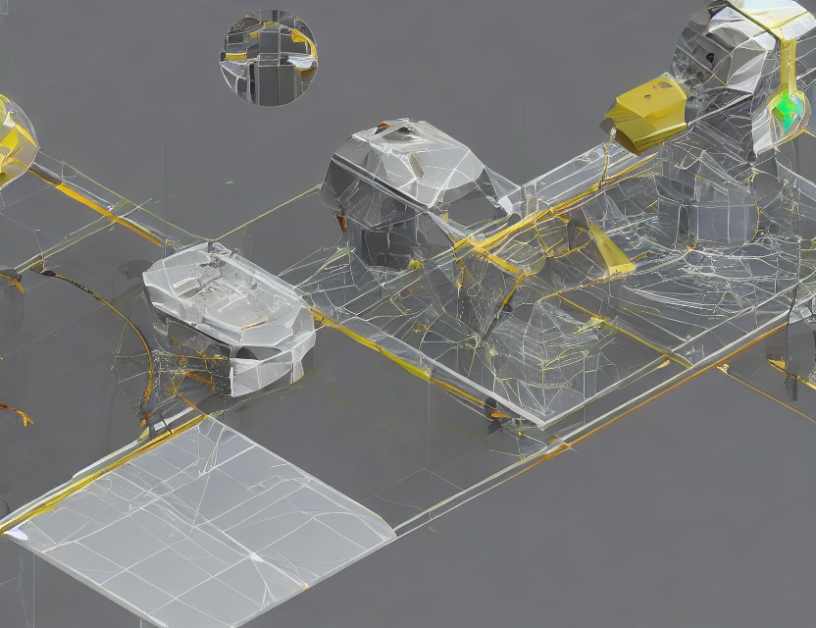In this article, the authors propose a new approach to optimize the reflection and placement of Reconfigurable Intelligent Surfaces (RISs) in underlay D2D communication systems in cognitive cellular networks. The RIS can reflect and modify the signals transmitted by the secondary user (SU), improving the performance of D2D communications.
The authors present a mathematical model that takes into account the channel conditions, signal processing techniques, and placement of RISs. They propose an optimization algorithm to find the optimal reflection and placement of RISs to maximize the system’s performance. The algorithm is based on a linear programming approach that minimizes the outage probability and bit error rate (BER) of D2D communications.
The authors evaluate their approach through simulations, showing that it can significantly improve the performance of underlay D2D communications in cognitive cellular networks. They also compare their results with existing methods, demonstrating the superiority of their proposed approach.
In summary, this article presents a novel approach to optimize the reflection and placement of RISs in underlay D2D communication systems in cognitive cellular networks. By using an optimization algorithm based on linear programming, the authors can significantly improve the performance of D2D communications, making them more reliable and efficient. This work has important implications for future wireless communication systems, as it shows that RISs can be used to enhance the performance of D2D communications in cognitive cellular networks.
Electrical Engineering and Systems Science, Signal Processing
Improving Performance in Intelligent Reflecting Surface-Assisted Wireless Communications



